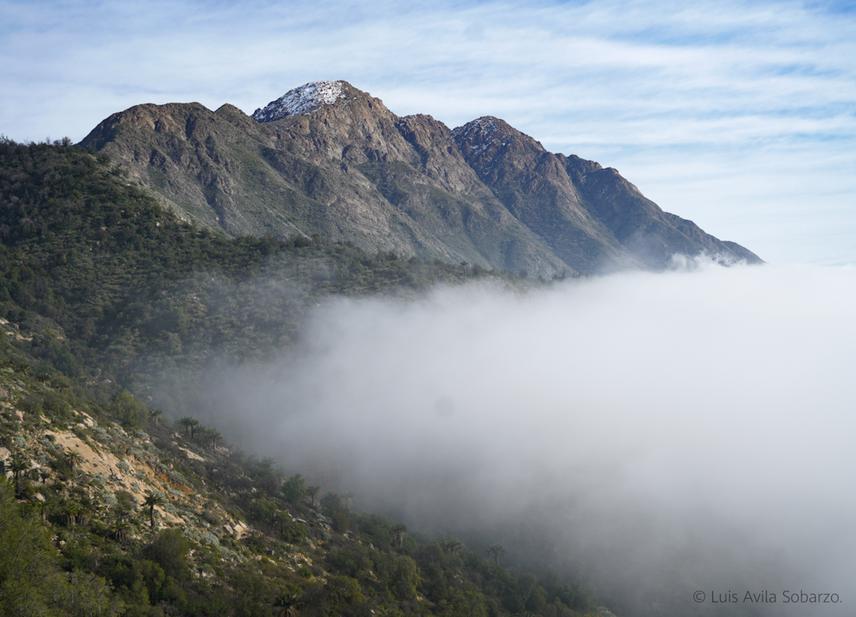Franco Erazo Aguilera
Considering the local climate trend of increasing temperatures and lower precipitation at the Mediterranean biome of Central Chile, I pursue to explore the usage of in-situ harvested fog-water to fulfil the hydric needs of biological communities and promote their overall resilience. The sclerophyllous forest ecosystem is one of the most diverse of the region, but at the same time it confronts several threats. Therefore, it is considered a global hotspot for conservation. The harvesting of water will be performed with low-impact infrastructure based on meshes made of natural materials able to retain the liquid from the air. This fog-water is to be supplied to fauna by artificial troughs; and to water-demanding tree species by the controlled leakage of said troughs. Several of these infrastructures will be constructed at strategic sites for regional conservation, that is, at ravines of hill areas that constitute biological corridors among regional remnants of native forests.

Vaguada costera. © Luis Avila Sobarzo 2022.
The development of the project will support greater water availability and promote migration for mobile animal species with important ecological functions (such as seed dispersers, top predators, etc.). Also, a better fitness for water-demanding tree species, potentially allowing them to devote more physiological resources to their reproductive structures and propagules’ production (which in term also constitute food resources for herbivores and pollinators). The utility of this infrastructure will be tested using camera traps (for fauna), and analysis such as foliar osmotic pressure, and mineral content estimation for seeds and leaves; comparing said observations with that of other tree individuals at control sites.
Parallel to that, a divulgation campaign is to be developed among local communities (both urban and rural), as this problem is not perceived well enough. The activities involved will be developed as local biodiversity consciousness days, involving gigs with local musical bands, biological-related workshops and visual art exhibition, and also presenting the project’s associated results and audio-visual materials to the public at open sites. The results and audio-visual material will also be shared at social media, with a focus on educating children and teenagers on local biodiversity and its importance.